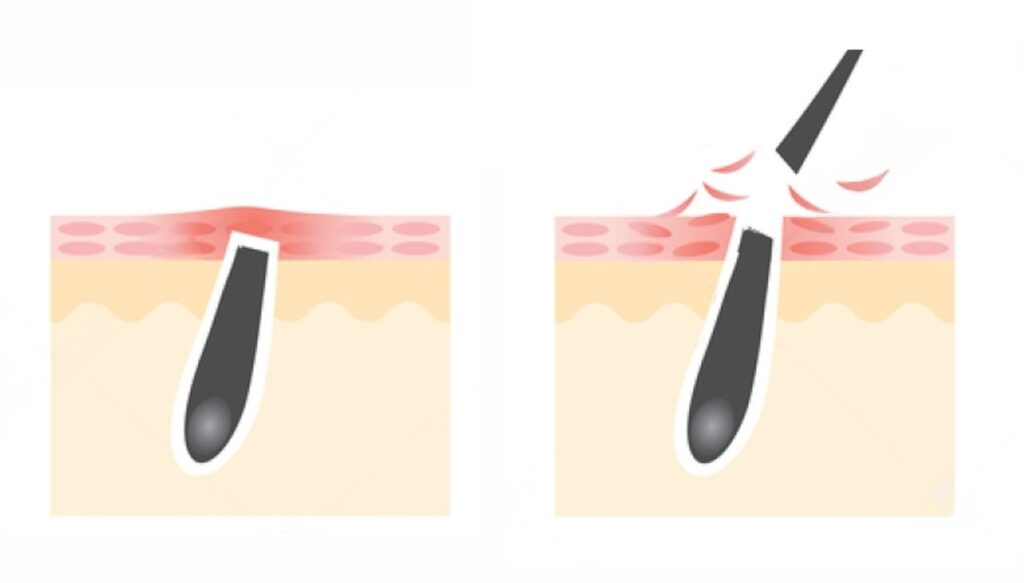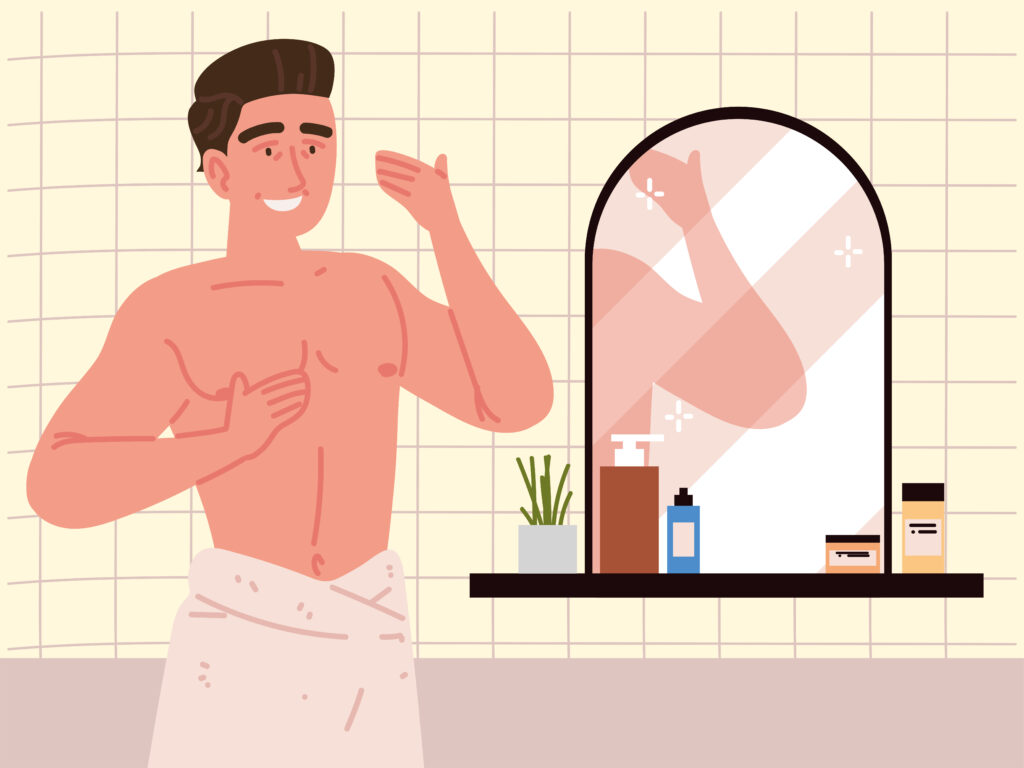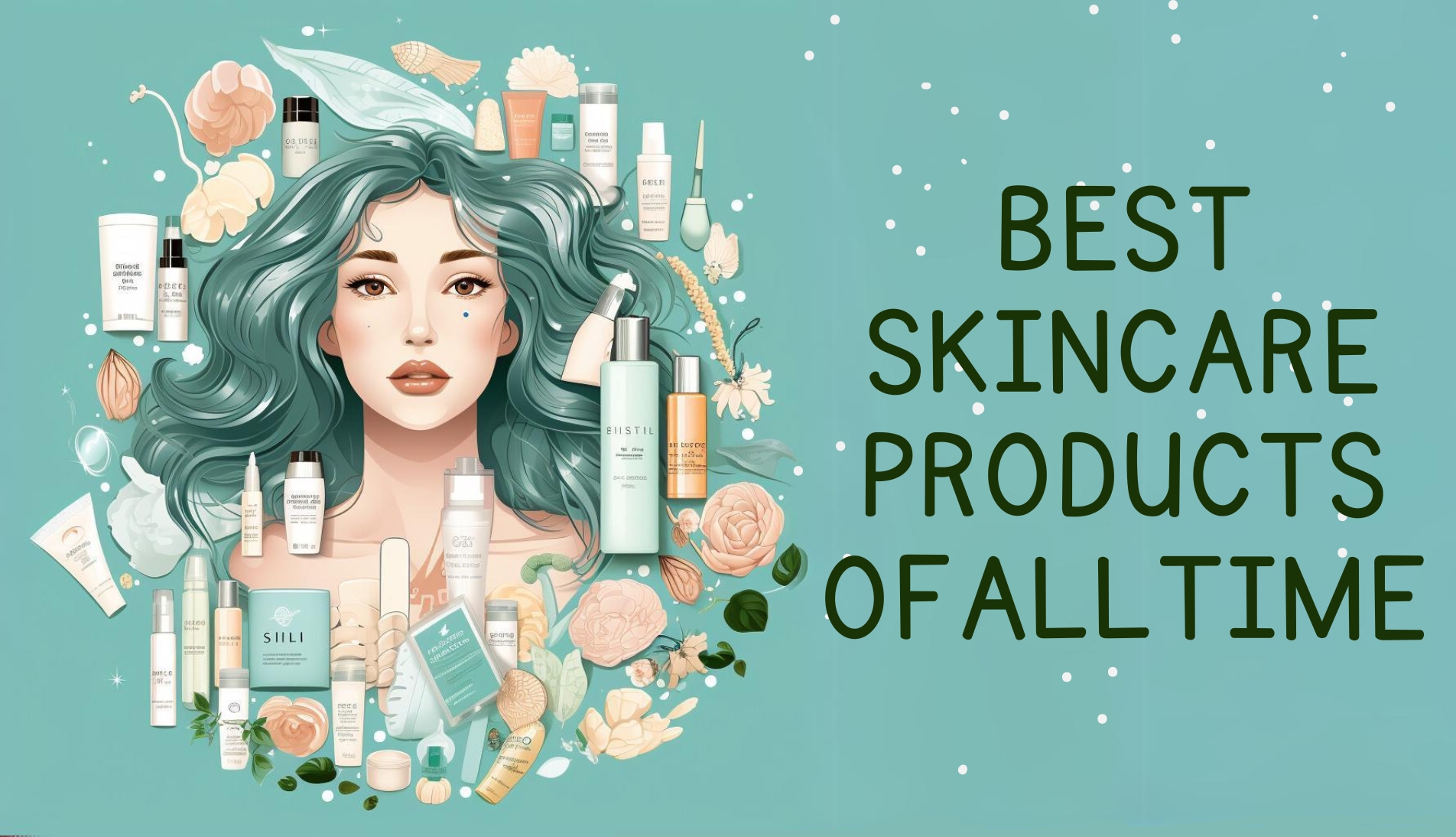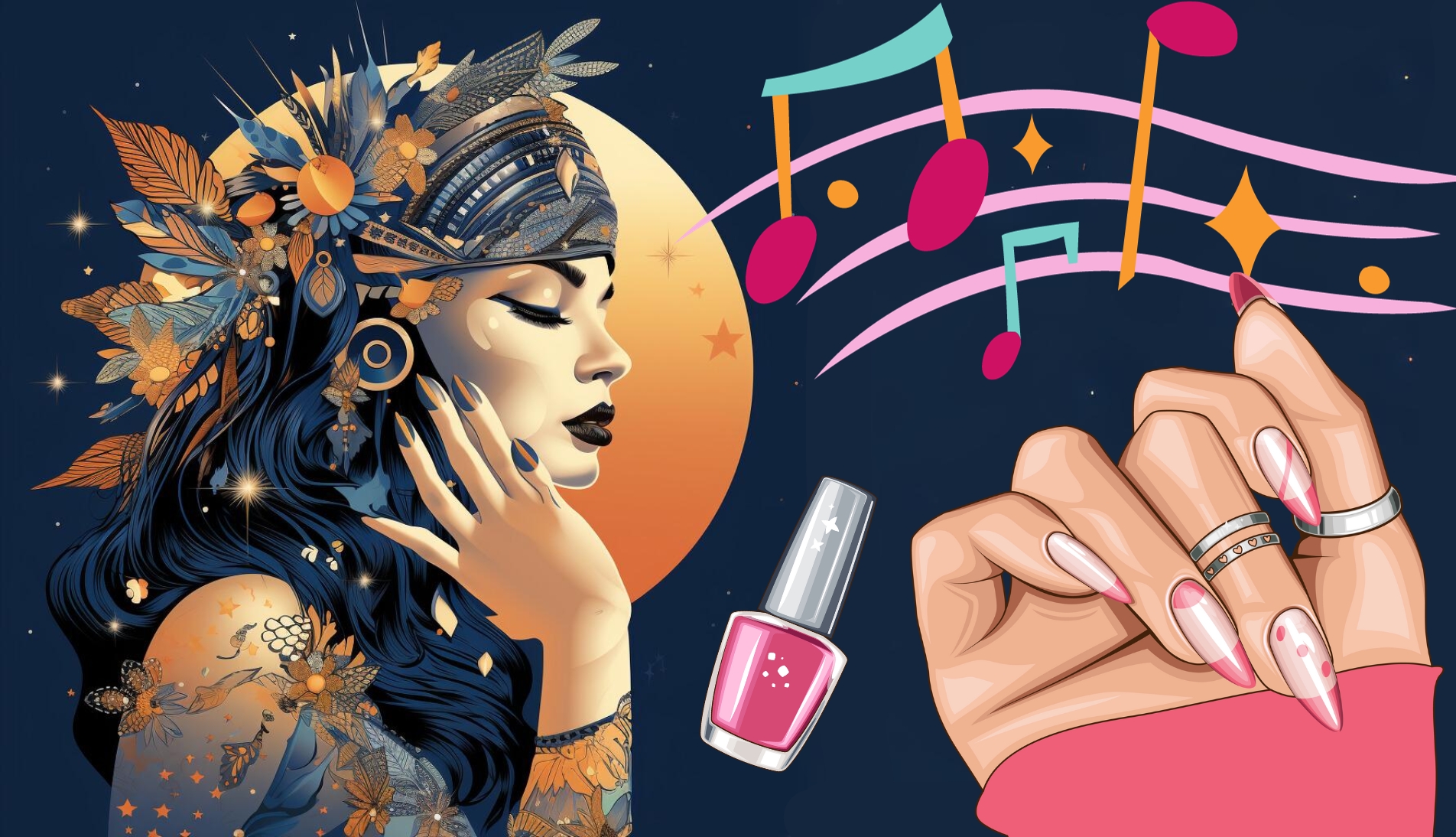Table Of Contents
- 1 Introduction
- 2 Understanding Razor Burn: The Irritating Aftermath of Shaving
- 3 Preventing Razor Burn: Your Path to a Smooth and Irritation-Free Shave
- 4 Treating Razor Burn: Finding Relief for Irritated Skin
- 5 Upgrade Your Arsenal
- 6 Post-Shave Care: Nurturing Your Skin After the Razor
- 7 Preventing Ingrown Hairs: Your Guide to Smooth, Bump-Free Skin
- 8 Conclusion: Your Path to a Silky-Smooth Shave
Introduction
In the pursuit of a flawlessly smooth shave, many of us have experienced the dreaded aftermath: razor burn, irritation, and ingrown hairs. But fear not, for this guide is your roadmap to a shaving experience that leaves your skin looking and feeling its best. From understanding How To Treat Razor Burn to identifying its symptoms, we’ll dive deep into every facet of this common concern.
Understanding Razor Burn: The Irritating Aftermath of Shaving
Razor burn, a common post-shaving woe, can turn a perfectly smooth shave into an itchy, uncomfortable ordeal. In this post, we’ll delve into the intricate details of this pesky problem.
Firstly, let’s explore

What Causes Razor Burn?
Razor burn occurs when the delicate skin on your face (or any shaved area) becomes irritated after shaving. This irritation often stems from several factors, such as using a dull blade, pressing too hard, or shaving against the grain. Friction and ingrown hairs also play significant roles in this skin dilemma.
But wait, isn’t razor burn the same as razor bumps?
The Difference Between Razor Burns and Razor Bumps
Razor Burn
Razor burn is a skin irritation that occurs after shaving. It typically presents as a red, itchy rash or irritation on the shaved area. The key characteristics of razor burn include:
- Redness: Razor burn often results in red, inflamed skin. This redness can be widespread or localized to the shaved area.
- Itchiness: Itchy skin is a common symptom of razor burn. The irritation can be uncomfortable and bothersome.
- Stinging or Burning Sensation: Many people with razor burns report a stinging or burning sensation on the affected skin.
Razor Bumps
Razor bumps, on the other hand, are small, raised, and sometimes painful bumps that develop after shaving. These bumps, also known as pseudofolliculitis barbae, occur when hair curls back into the skin or grows sideways. The key characteristics of razor bumps include:
- Raised Bumps: Razor bumps are visible raised bumps on the skin’s surface. They can be red, white, or flesh-colored.
- Pain or Discomfort: Razor bumps can be painful or tender to the touch, especially when they become inflamed or infected.
- Location: Razor bumps are often found in areas where hair is thick and coarse, such as the beard area in men and the bikini line in women.
Identifying the Symptoms
Razor burn often manifests as redness, itchiness, and a stinging sensation in the shaved area. Sometimes, small red bumps may appear. It’s important to recognize these symptoms as early as possible, as prompt action can prevent the situation from worsening.
Comprehending the nuances of razor burn, its causes and differences from razor bumps, and identifying its symptoms is the first step toward preventing and effectively managing this common shaving woe. In our subsequent post, we’ll delve deeper into prevention and treatment strategies, so stay tuned for a smoother, irritation-free shave.
Preventing Razor Burn: Your Path to a Smooth and Irritation-Free Shave
Are you tired of dealing with the discomfort of razor burn every time you shave? It’s time to take proactive steps to prevent it. In this blog post, we’ll explore essential strategies to ensure your next shave leaves your skin feeling smooth and irritation-free.
Choosing the Right Razor
To kick things off, selecting the right razor is paramount. Opt for a high-quality razor that suits your skin and hair type. Consider the difference between safety razors and disposable ones. Safety razors are known for their precision and reduced irritation potential.
Proper Razor Maintenance
Once you have the right tool, maintaining it is key. Keep your razor clean and sharp. A dull blade can increase friction, leading to razor burn. Regularly replace blades or cartridges as recommended by the manufacturer.
Pre-Shave Preparation
Before you even touch the razor, invest time in pre-shave preparation. Start with gentle exfoliation to remove dead skin cells and open up your pores. Use warm water to soften the hair and lubricate your skin. Quality shaving creams or gels are your allies in achieving a smooth shave.
Correct Shaving Technique
Now that you’re ready to shave, employ the correct technique. Avoid excessive pressure and maintain the right shaving angle. Always follow the direction of hair growth to minimize the risk of irritation. Remember, fewer passes are better for your skin.
Treating Razor Burn: Finding Relief for Irritated Skin
Dealing with the aftermath of a rough shave? Don’t fret; there are effective ways to treat razor burn and alleviate the discomfort it brings. In this post, we’ll explore various treatment options to help your skin heal and feel better.
Home Remedies
To start the healing process at home, consider some tried-and-true remedies. Applying a cold compress can reduce inflammation and soothe the burning sensation. Aloe vera gel is renowned for its soothing properties and can provide much-needed relief. Tea tree oil and an oatmeal paste are natural options worth trying.
Over-the-Counter Solutions
If home remedies don’t provide sufficient relief, you can turn to over-the-counter solutions. Hydrocortisone creams can help reduce redness and inflammation. Witch hazel is an astringent that can provide a cooling effect and minimize irritation.
For Simple Men’s Skincare Routine Follow our Latest Blog.
When to See a Dermatologist
In some cases, razor burns can be stubborn or lead to complications like infections. If your symptoms persist or worsen despite home remedies and over-the-counter treatments, it’s time to consult a dermatologist. They can provide specialized care and recommend prescription-strength medications if necessary.
Upgrade Your Arsenal
Discover Men’s Essential Tools
Post-Shave Care: Nurturing Your Skin After the Razor
You’ve just completed a smooth shave without any irritation, but your shaving routine isn’t quite finished yet. The post-shave phase is equally important for maintaining healthy and comfortable skin. In this post, we’ll delve into the essential aspects of post-shave care to help you keep your skin in top shape.
Moisturizing After Shaving
Immediately after shaving, it’s crucial to replenish your skin’s moisture. Shaving can strip away natural oils, leaving your skin dry and vulnerable. Applying a high-quality, non-comedogenic moisturizer helps lock in hydration and keep your skin supple. Look for products with ingredients like hyaluronic acid or glycerin to provide optimal moisture.
Alcohol-Free Aftershave Products
Steer clear of traditional aftershaves, which often contain alcohol. Alcohol can be harsh on your skin and exacerbate irritation, especially if you’ve just shaved. Instead, opt for alcohol-free aftershave products that soothe and hydrate your skin. Many aftershaves now include ingredients like chamomile or aloe vera to calm redness and inflammation.
Avoiding Tight Clothing
Your clothing choices matter, especially after shaving. Tight clothing can rub against freshly shaved skin, causing friction and potentially leading to irritation. Opt for loose-fitting, breathable clothing to reduce contact with your skin and allow it to breathe.
Sun Protection
Last but certainly not least, sun protection is a non-negotiable step in post-shave care. Shaving can make your skin more susceptible to sun damage, so applying a broad-spectrum sunscreen with at least SPF 30 is crucial. Remember to cover all exposed areas, including your face and neck, to shield your skin from harmful UV rays.

Preventing Ingrown Hairs: Your Guide to Smooth, Bump-Free Skin
Ingrown hairs can be a nuisance, causing redness, bumps, and discomfort. But fear not; there are steps you can take to prevent these pesky hairs from ruining your smooth skin.
What Are Ingrown Hairs?
Firstly, let’s understand: Ingrown hairs occur when hair curls back into the skin instead of growing outward. This often happens after shaving or waxing when the hair follicle becomes trapped beneath the skin’s surface. Ingrown hairs can lead to inflammation, redness, and even infection if not properly managed.
Tips to Prevent Ingrown Hairs
Now, let’s explore some effective strategies
- Exfoliation: Regular exfoliation is key to preventing ingrown hairs. It helps remove dead skin cells that can block hair follicles. Use a gentle exfoliating scrub or a loofah to keep your skin smooth.
- Avoid Tight Clothing: Wearing tight clothing can increase friction on the skin, making ingrown hairs more likely. Opt for loose-fitting attire, especially after shaving or waxing.
- Moisturize: Keeping your skin well-hydrated is essential. Dry skin can make it easier for hair to become trapped. Use a hydrating lotion or cream regularly.
- Shaving Technique: If you shave, make sure to use a sharp, clean razor and shave in the direction of hair growth. Avoid multiple passes over the same area to reduce the risk of ingrown hairs.
- Professional Hair Removal: Consider professional hair removal methods like laser hair removal or electrolysis. These treatments can reduce the likelihood of ingrown hairs compared to shaving or waxing.
Conclusion: Your Path to a Silky-Smooth Shave
As we reach the end of our journey through the world of shaving, from understanding the causes of razor burns to preventing ingrown hairs, one thing becomes abundantly clear: achieving a comfortable, irritation-free shave is not only attainable but within your grasp. Armed with knowledge about razor burn, its causes, and how to identify it, you’re now equipped to prevent it through careful razor selection, maintenance, and the right shaving techniques.




